CyclingClaude tackles Paris-Roubaix Cobbles on Litespeed Cherohala
There is one event in Europe’s race calendar that spreads fear and awe among cyclists, no matter if you are a pro or hobby athlete: Paris-Roubaix, the Hell of the North!
I have been watching this landmark race on TV for years and am 100% infected since our local hero John Degenkolb (now team Trek-Segafredo, privately a member of the Frankfurt guilty76 squad) defeated the pack in 2015, earning his personal cobble stone as trophy.
Although I am far away from ever winning my personal cobblestone in Roubaix, riding the Roubaix cobblestones is one of my dreams.
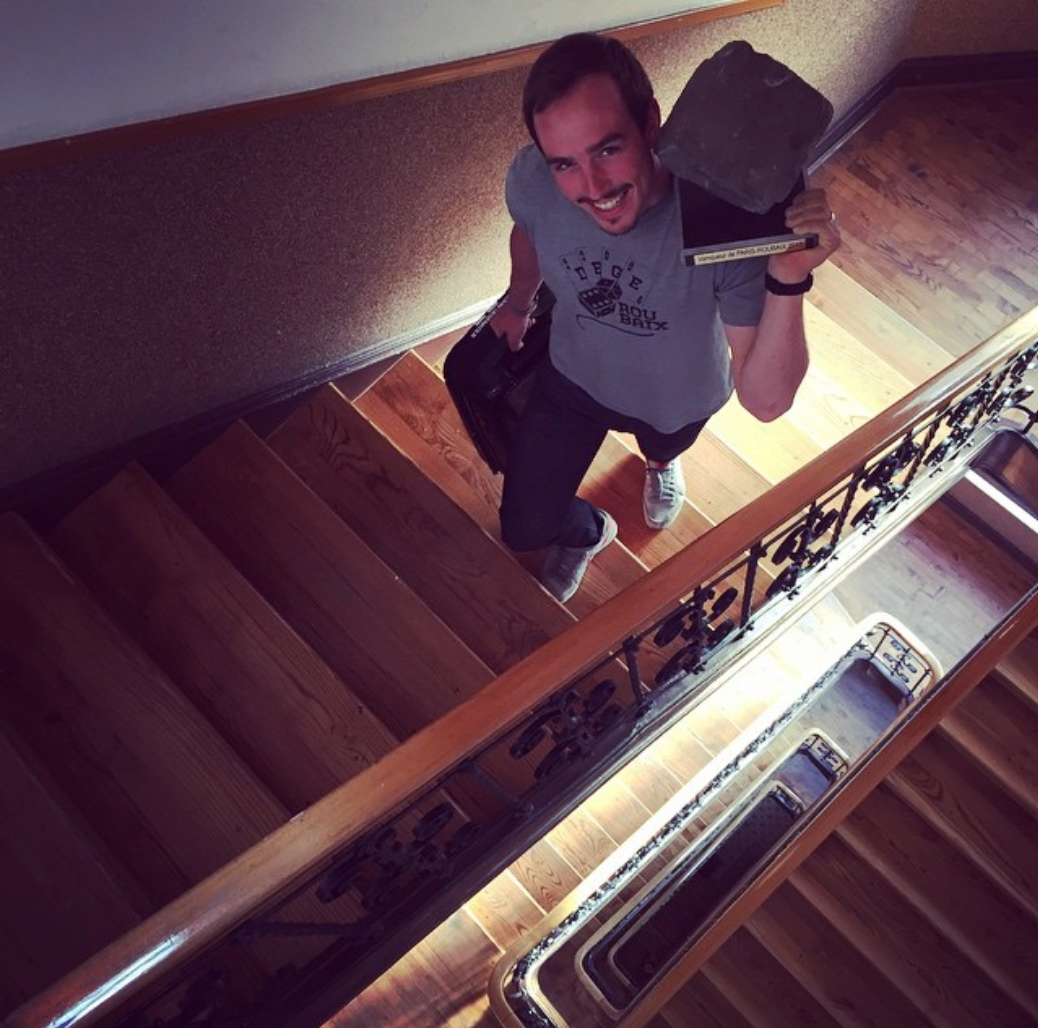
Roubaix or not Roubaix? Dare or not to dare? To be or not to be as a cyclist? That is the question!
Until this year I always had the excuse that I didn’t have the correct road bike at hand for the Paris-Roubaix Challenge. My Litespeed T5 with fragile wheels was never an option and a Cyclocross bike or even a MTB hardtail, from my point of view not appropriate for such a road race.
Shortly, I will be getting my 2018 Litespeed Cherohala. A road bike that is perfectly positioned between gravel and endurance - great for my long distance ride in June in Sweden but with disc brakes. Its ability to run up to 700x40c (35 mm) wide tires combined with the road-vibration dampening properties of the titanium frame, provides the perfect ride for the cobblestones of Paris-Roubaix.
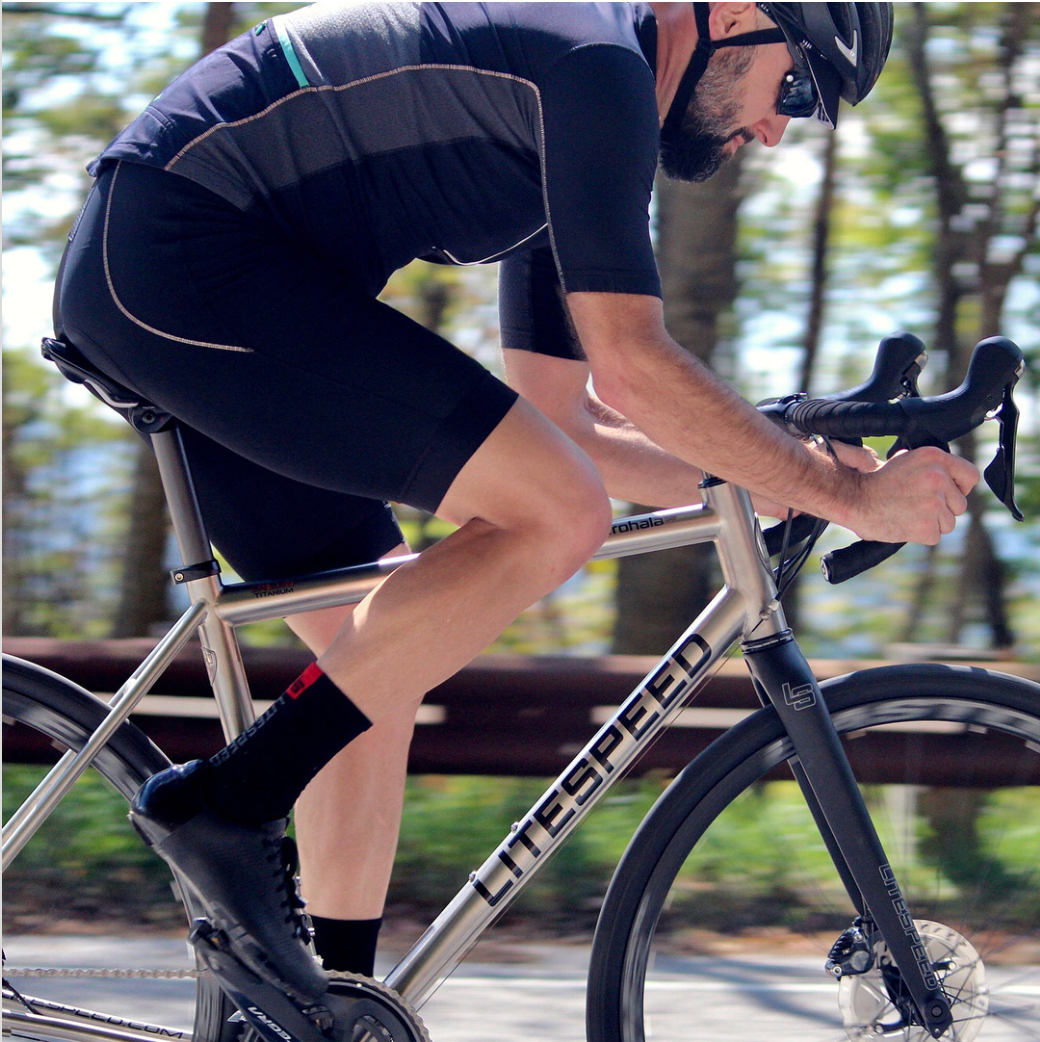
The Paris Roubaix Challenge
On the 7th of April 2018, the day before the professional race, everybody can ride the cobblestones on one of three courses: 172 km with all 28 cobblestone sections also done by the pros, 145 km with the 18 last cobblestone sections, summing up to 34 km of cobblestone, and a 70 km ride with only seven sections.
Wimpy as I am, the 70 km course would do it. My ego however demands me to ride the 145 km. course.
But can I really make it?
To get a better feeling I picked up the phone and called Boris, another famous German road bike bloggers, unterlenker.com, (please check out his blog) who did the 145 km in 2016.
This is what Boris has to say:
I expected that it would be tough to ride the cobblestones, the famous pavé that makes Paris-Roubaix the hell of the north, l’enfer du Nord. Bumpy, uneven, uncomfortable, slippery in wet conditions …
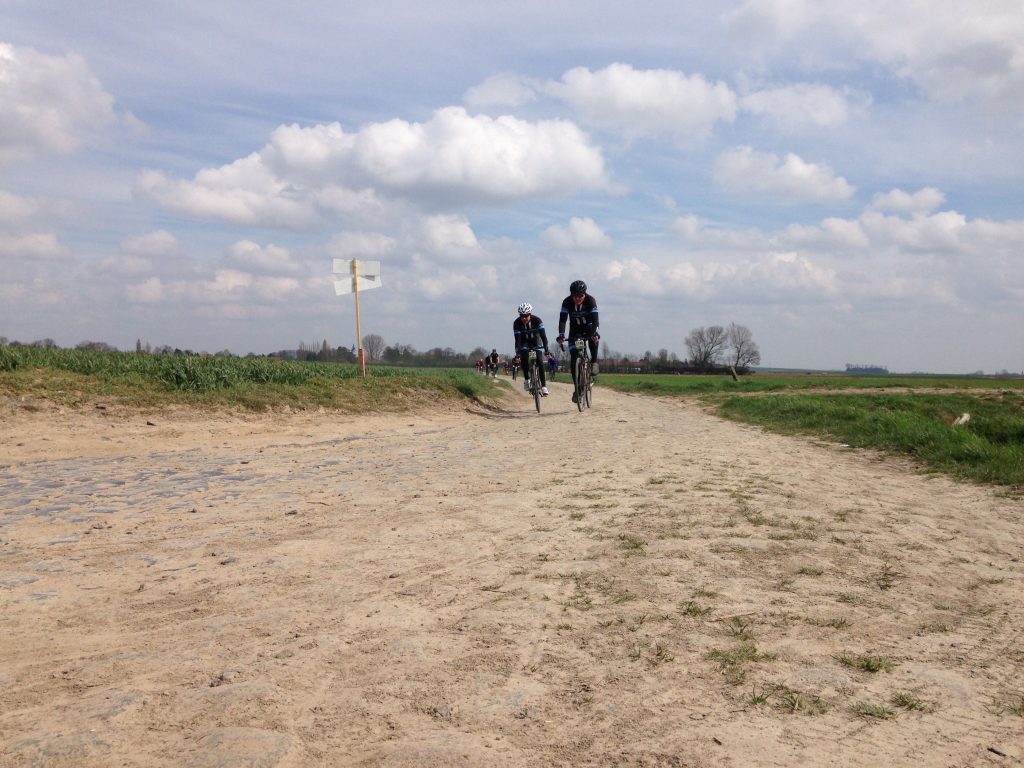
I knew that conquering these cobblestones would be much harder than riding the pothole roads of my local training ride. How much harder? Much harder! Infinitely harder I can say. No TV broadcast, no on-board videos footage, no photos and no reports can prepare you for the brute, relentless blow that hits you as you approach the cobblestones passage through the Arenberg forest! Expect for the worst!
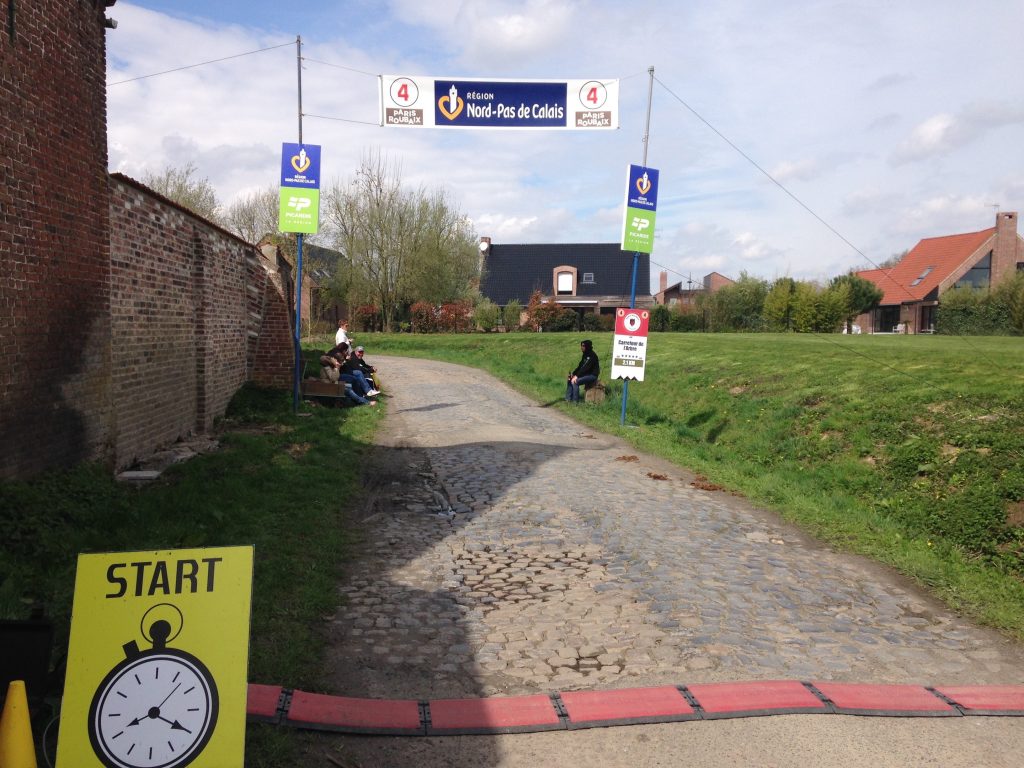
The 145 km course of the Paris Roubaix Challenge with start and finish in Roubaix leads you over the last 18 of total 27 cobblestone sections, which is in total 33 km on cobblestones. The famous Trouée d’Arenberg is the first sector, so number 18 (the sectors are counted backwards), 2,400 meters, flat, dead straight, with a five stars rating.
The number of stars indicates how bad and brute the sector is. There is only one passage with one star, which is the last sector before you enter the Velodrome, with the cobble stones displaying the names of the winners of the professional race. It is a pure show piece and the neat cobblestones are like a modern cobbled street in any inner city.

Two stars already is not only a bit worse, but already that you really do not want to ride a bike over it anymore. Five stars is just sick. There are three passages, in addition to the already mentioned Trouée d’Arenberg, Mons-en-Pévèle and Carrefour de l’Arbre fall into this highest category.
Riders of the pro peloton recommend that Paris Roubaix Challenge riders ride the pavé sectors as fast as possible. The more speed, the more you fly „over the bumps“. This is of course total nonsense. There is no question of gliding. The bike jumps and bucks, you can barely hold the handlebar and everything starts to wobble. Maybe I was just not fast enough. The pavé "steals“ from you at least 150 watts. If you are not a world-class pro, there is simply not enough left to let you fly over the cobbles.
The second important recommendation is to find the right line through the cobblestones. Without a doubt, this is a matter of experience. Do you drive better in the middle? Or in the lanes? On the edge strip? Or even in the meadow? As with the pros, the best line is of no use if it is clogged with traffic, which means slower riders. Evasive maneuvers bring you down quickly, which I can confirm from own experience. In the forest of Adenberg I completed my Paris-Roubaix debut by getting directly acquainted with the plaster. But as you see every year on TV, this can happen to the best riding Paris-Roubaix. So I was in good company.
As if cobblestones are not enough, the course countlessly changes direction and with this wind conditions change constantly. Tailwinds in one moment, headwinds in the next and edge winds afterwards.

That sounds like "once and never again"? In the pro peloton are cyclists who would never ride Paris-Roubaix voluntarily. For others, like German hero John Degenkolb (2015 winner) it is the most important race of the year. Personally I fall, without hesitation, in this second category, although I am not a pro. What a great race! What a spectacle! What an experience! I’ve always loved Paris-Roubaix on TV and this excursion to the cobblestones did not change it. It may well be that one day I’ll give myself the full package and ride the long distance with all 27 sectors. That will be fun!
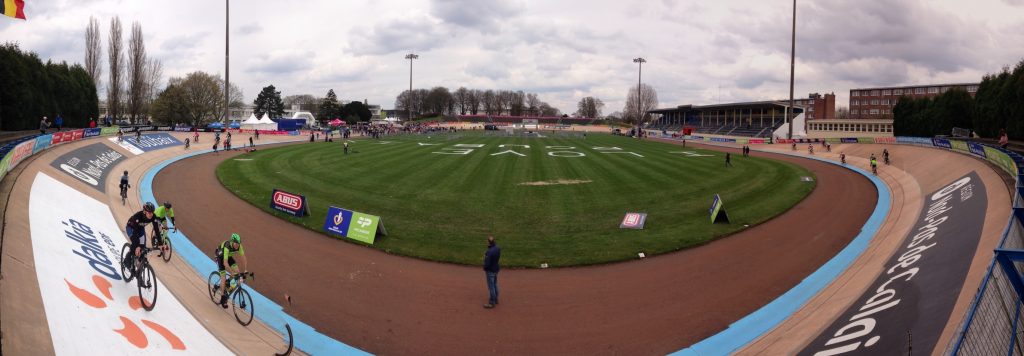
I rode my Focus Mares AX 4.0. As the only tuning measure, I took off the fenders and wrapped a second layer of handlebar tape. I did not do anything extra with the tires. My 35 mm wide Conti Cyclocross Speed tires with about 4.5 and 4.2 bar were just fine. With a little less pressure the pavé would have been more comfortable, but even so I experienced no flat tires. One important tip: Very important is a good, tight bottle cage. My Elite Ciussi kept my 0.75 liter bottle snug. On the course I saw hundreds of lost bottles and with each and every Rapha or Camelback bottle I thought another 10 Euro left on the road.
As expected from the ASO who also organized the Tour de France, the event was very well organized. Signs marked the track well and at important points there were additional posts with flags that regulated the traffic. The food was great. Toilets were set up at the refreshment points. Great!
To dare or not to dare?
So what do you think? Will I be strong enough to ride the Cherohala through the Hell of the North?
I’ll keep you posted!
